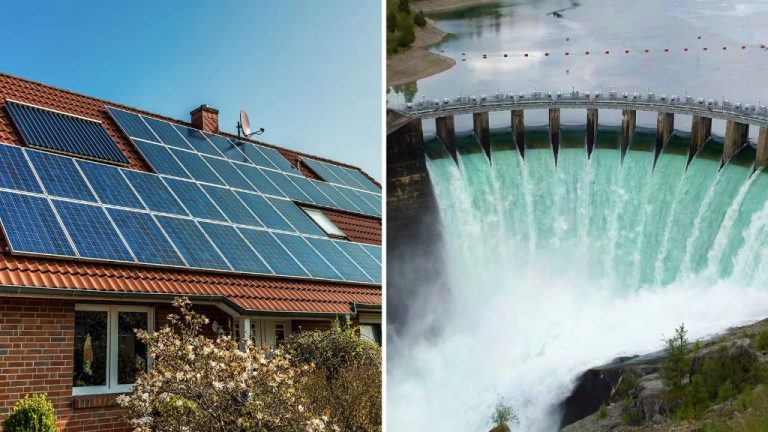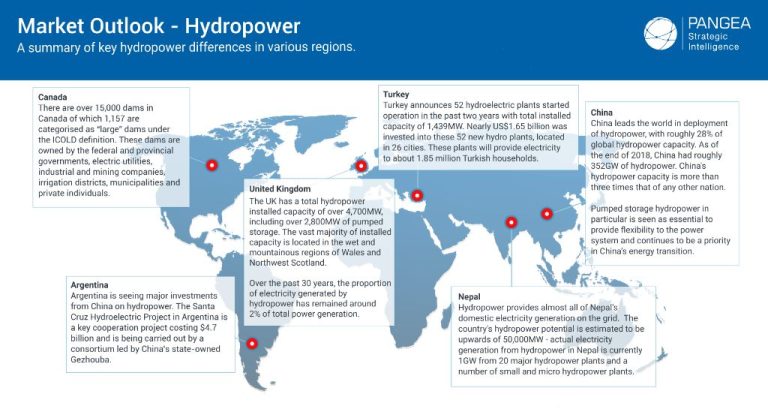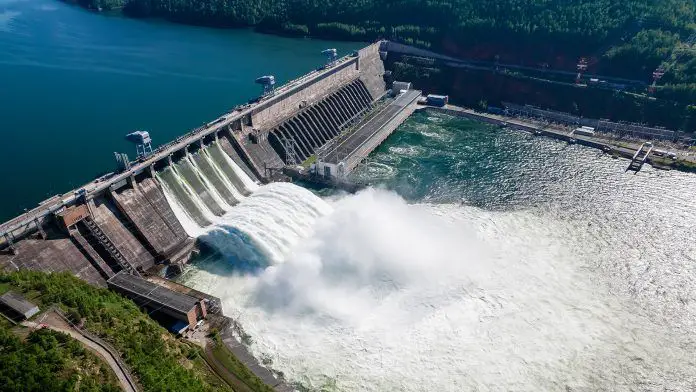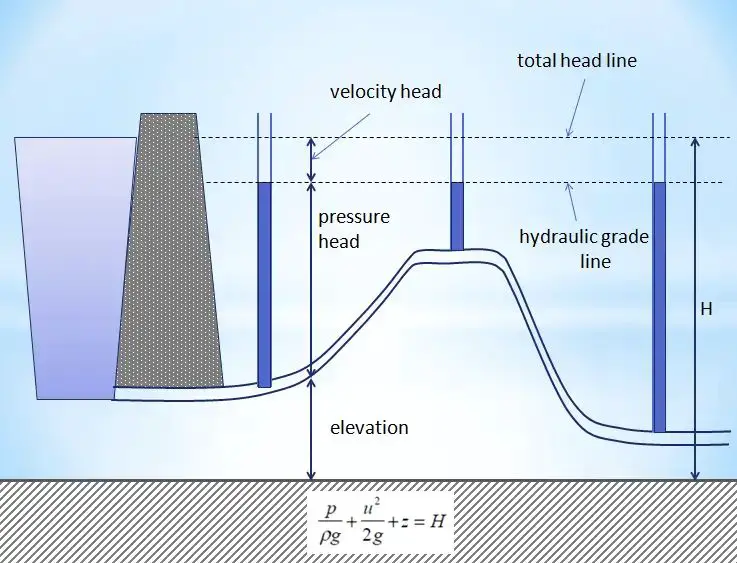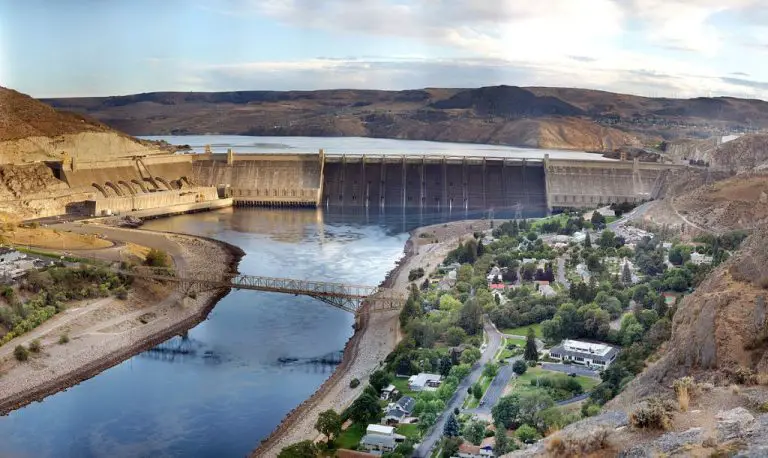What Is The Difference Between The Use Of Hydroelectric Energy And Coal?
Both hydroelectric energy and coal have been used for over a century to generate electricity around the world. Hydroelectric energy captures the energy of flowing water by using dams or running water through turbines, while coal energy involves burning coal to heat water into steam that spins turbines. Though both provide a means of generating power, they have very different environmental impacts, reliability, costs, and safety profiles. This article will provide an in-depth comparison of the major differences between hydroelectric and coal energy as power sources.
Definition of Hydroelectric Energy
Hydroelectric energy, also referred to as hydropower, utilizes moving water to generate electricity. It relies on dams built across rivers that force water to flow through turbines, which then turn generators to produce electrical power. The force and flow of water spinning the turbines is an efficient and reliable way to convert the natural movement of water into usable energy. Hydroelectric power provides a domestic source of renewable energy in areas with access to consistent flowing water.
Definition of Coal Energy
Coal energy refers to the process of burning coal to generate electricity. Coal is a combustible black or brownish-black sedimentary rock that is composed mostly of carbon and hydrocarbons. It is mined from the ground and then burned in power plants to heat water. The heated water produces steam that spins turbines which generate electricity.
Coal has played an important role in electricity production for over a century. The heat from burning coal boils water to produce high-pressure steam. This steam then drives turbine generators to produce electricity. In a typical coal power plant, pulverized coal is blown into a boiler along with air. As the coal-air mixture burns, it heats water in tubes in the boiler walls. The hot water is turned into high-pressure steam that is piped to the turbines. The steam pushes the fanlike blades of the turbines, spinning them around a shaft. The spinning shaft turns coils of wires inside an electricity generator, producing electricity.
Coal energy provides approximately 30% of the world’s primary energy needs and generates over 40% of the world’s electricity. However, burning coal produces airborne emissions including carbon dioxide, sulfur dioxide, nitrogen oxides, particulates, and heavy metals that negatively impact the environment.
Environmental Impacts
The environmental impact of hydroelectric power versus coal power is significantly different. Coal power plants produce large amounts of emissions including carbon dioxide, sulfur dioxide, nitrogen oxides, particulates, and mercury. Burning coal contributes to acid rain, smog, and climate change. Coal mining and coal waste also release toxic contaminants into the environment. In contrast, hydroelectric power produces minimal emissions and has a much lower environmental impact. Hydroelectric dams do not burn fuel so they release little to no greenhouse gases or airborne pollutants. While there are some concerns around habitat disruption from damming rivers, overall hydroelectric is considered a clean and renewable energy source.
Reliability
Hydroelectric power has the advantage of consistency and reliability in energy output. The flow of water that drives hydroelectric turbines is relatively constant compared to other renewable sources like wind or solar power that depend on variable environmental conditions. Barring droughts or other water flow disruptions, hydroelectric dams can generate electricity 24/7 and adapt output to meet demand peaks and lulls. This gives grid operators and utilities confidence in hydroelectricity as a stable baseload power source.
In contrast, coal power plants are susceptible to disruptions in the coal supply chain that can lead to reliability issues. Transportation problems, mining equipment failures, or labor disputes can all interfere with steady coal delivery to power plants. Coal power also faces reliability challenges as plants age and require more maintenance and unplanned outages. Overall, hydroelectricity offers more consistent and dependable power output compared to coal.
Efficiency
Hydroelectric power is extremely efficient at converting the kinetic energy from flowing water into electricity. Modern hydro turbines can convert as much as 90% of the available energy into electricity. In contrast, coal power plants only convert about 30-40% of the chemical energy stored in coal into electricity. This is because there are thermodynamic limitations and energy losses from heat, friction, and other inefficiencies inherent in the coal combustion and steam generation process.
So in summary, hydroelectric dams are able to extract and convert a much higher percentage of the available energy compared to a coal plant. This gives hydroelectricity a substantial efficiency advantage.
Cost
When it comes to the economic cost of hydroelectric power versus coal power, hydroelectric generally has higher upfront construction costs but lower operating costs over time. Building a hydroelectric dam and power plant requires major infrastructure like dams, tunnels, turbines and generators which can cost billions of dollars. However, once built the fuel source (flowing water) is free and renewable. Operations and maintenance costs are relatively low compared to a coal plant.
Coal plants are less expensive to construct, ranging from millions to billions of dollars depending on the size and type of plant. But fuel costs are significant as coal must be continually mined, processed, transported and stored. Operating and maintenance costs are also high, as coal plant equipment requires frequent upgrades and repairs due to the high pressures, temperatures and emissions involved in burning coal. Over the lifetime of a plant, fuel and opex costs for coal can be considerably higher than hydroelectric.
Capacity
Hydroelectric power has enormous potential capacity globally. The theoretical potential of hydroelectricity is estimated to be around 40,000 TWh per year, with around 16,000 TWh considered to be technically feasible and economically viable. In comparison, global coal production is currently around 8,000 TWh per year. However, only around 4,000 TWh of hydroelectric potential has been developed so far. With abundant water resources, regions like Africa, Asia, and South America still have massive untapped capacity for new hydro dams and plants that could meet rising energy demands.
Safety
One key difference in the safety profiles of hydroelectric energy and coal regards dangers to workers and surrounding communities. Coal power has long been associated with negative health impacts for coal miners, who face hazards such as black lung disease from breathing in coal dust day after day. Beyond just the miners themselves, coal emissions and waste products like coal ash have been linked to increased rates of respiratory ailments, neurological disorders, cancer, and birth defects among populations living near coal-fired power plants. The American Lung Association has estimated that pollution from coal-fired power plants causes over 13,000 premature deaths each year in the United States alone.
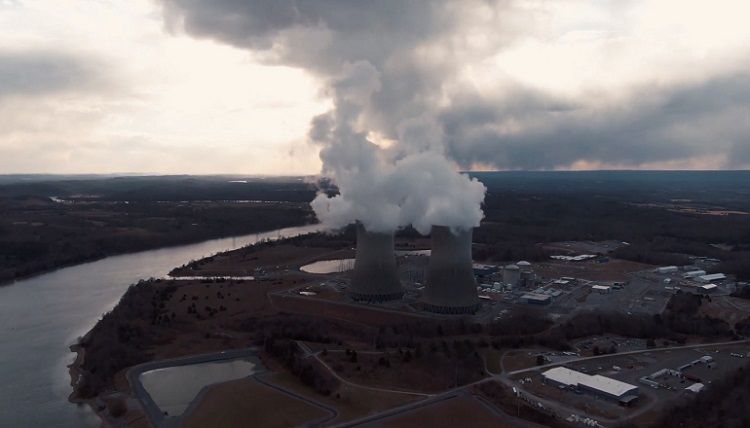
In contrast, hydroelectric power poses minimal risks to the health of workers and nearby communities when proper safety practices are in place. The generation of electricity through hydropower does not burn any fuels or release significant air pollution, minimizing the danger of respiratory ailments. And while accidents or dam failures are always a possibility at hydroelectric facilities, comprehensive safety protocols help protect the health of both workers and surrounding populations when implemented properly. Overall, hydroelectricity is considered one of the safer forms of utility-scale power generation.
Future Outlook
The future outlook for hydroelectric power and coal power shows some interesting trends. Hydroelectric power is expected to continue growing in usage globally, especially in developing countries working to expand their electricity infrastructure. The installed capacity of hydroelectric power is projected to increase by over 20% in the next decade. This growth will be driven by large dam and run-of-river projects in Asia, Africa and South America.
Coal power, on the other hand, is expected to slowly decline in usage over the coming decades. Many developed countries are implementing policies to reduce or eliminate coal power plants due to environmental concerns. Renewable energy sources like solar, wind and hydro are being ramped up to replace retiring coal capacity. However, coal will remain an important electricity source in developing nations as they work to expand electrification and balance affordability and reliability. Overall coal usage is projected to peak by 2030 before declining in the long term.

